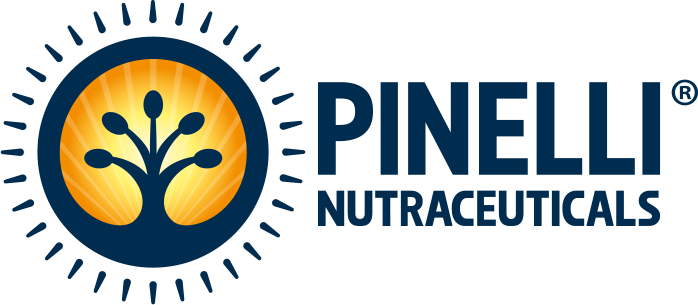LUTEIN
Lutein is a natural substance belonging to the family of xanthophylls. This term describes a series of natural pigments that are widespread in the animal and vegetable kingdom, and are therefore present in many foods, particularly in green leafy vegetables, such as spinach and cabbage, and egg yolk. Lutein has strong antioxidant properties for the body. It therefore acts by reducing the risks associated with the presence of free radicals. Lutein belongs to the carotenoid group, which includes beta-carotene, alpha-carotene, and zeaxanthin. Its presence is related to that of vitamin A. Lutein and zeaxanthin are the xanthophylls present in increased concentrations in the human body, particularly in plasma and tissue. Lutein also plays a fundamental role in ophthalmology, because it is concentrated in the eye tissue responsible for vision, the retina. Therefore its presence in adequate quantities is indispensable for good vision and eye health in general. The action of lutein is also expressed in the cardiovascular system, whose wellbeing is promoted by the intake of coloured fruits and vegetables containing lutein. Several studies have shown that a diet rich in antioxidants – and lutein falls squarely within this category of substances – can make a significant contribution to strengthening blood vessels, preventing a range of circulatory diseases and simultaneously improving microcirculation of the eye. Why does lutein have an influential effect on eye health? Because lutein, and other related substances such as zeaxanthin, are highly concentrated in the macula, the part of the retina responsible for distinct vision, which takes on an amber colour and is in fact called macular pigment (MP). This pigment plays an essential role in protecting the eye against photo-oxidative damage caused by natural blue light. Numerous studies have confirmed the preventive action of lutein against Age-Related Macular Degeneration (AMD), which causes a reduction in central vision, a function assigned to the macula.
Used in: Pinelli Retina Project ® PLUS

